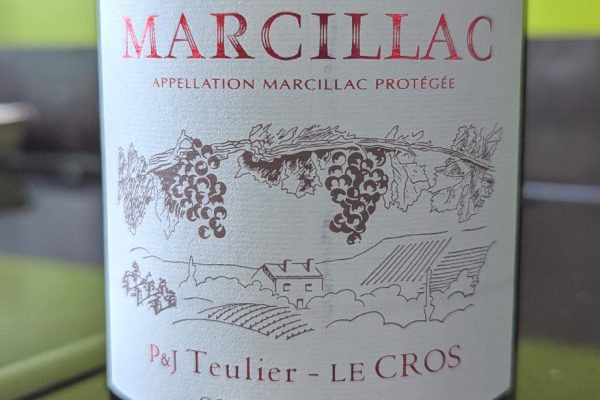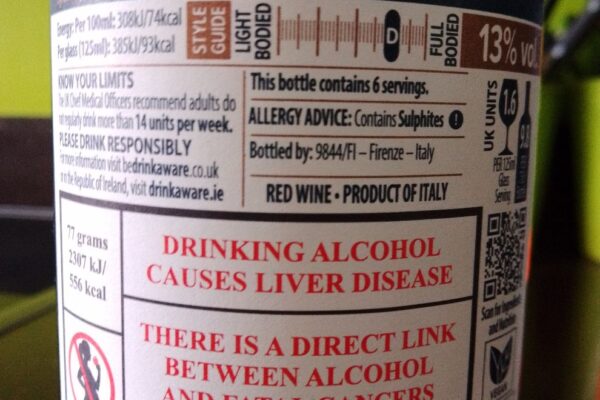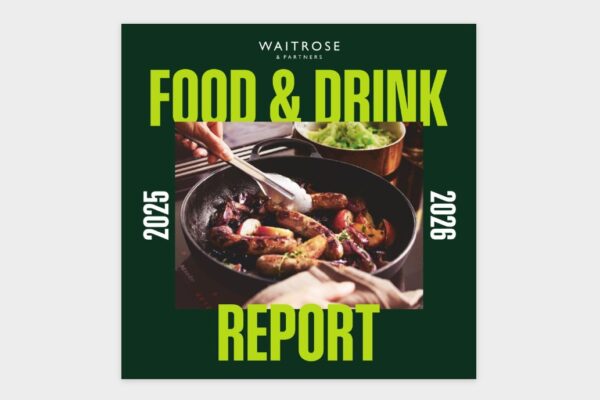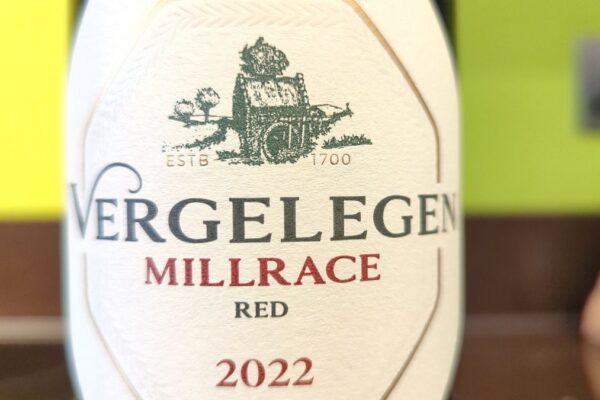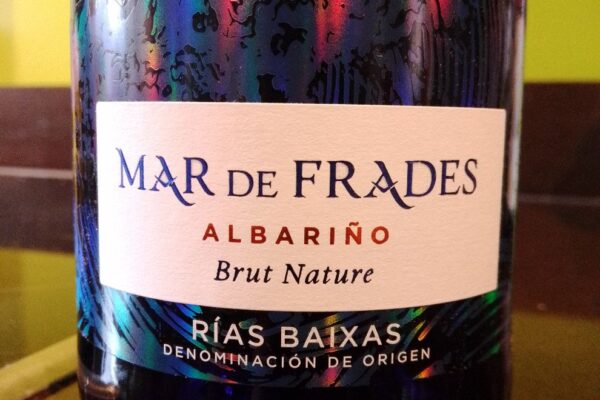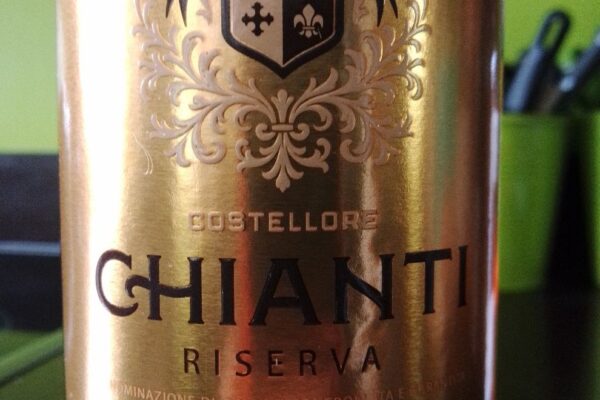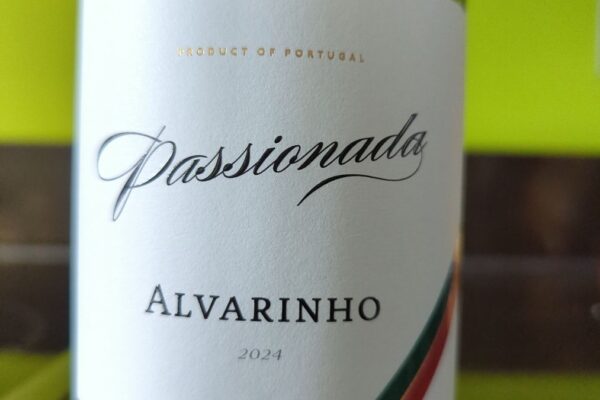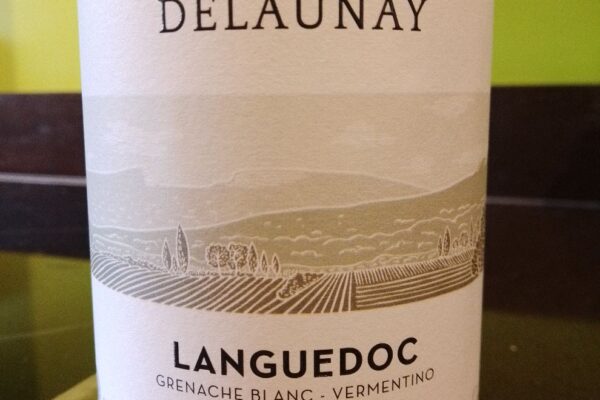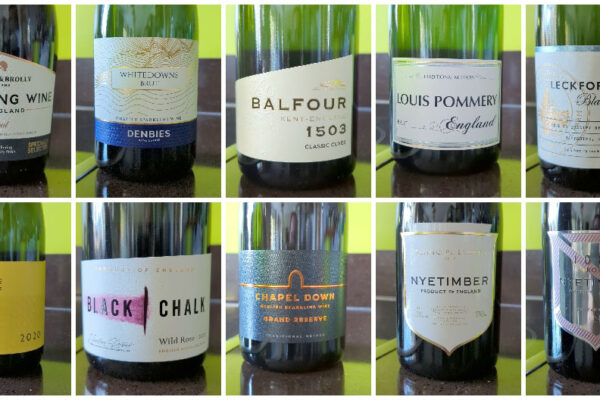
Researchers in Turkey have discovered an innovative and sustainable use for winery waste, specifically wine lees, which are residues left over after the fermentation process in winemaking. This waste material, primarily comprising dead yeast cells, has been found to be a promising natural colouring agent for gelatine-based sweets, offering both cost-effectiveness and health benefits.
This discovery, outlined in a study published in the Journal of the Science of Food and Agriculture, highlights the potential of wine lees as a low-cost alternative to synthetic food colourants commonly used in the confectionery industry. The study revealed that wine lees not only improved the texture and flavour profile of jellies but also presented health advantages due to their rich content of anthocyanins, compounds known for their health benefits.
Dr Gülce Bedis Kaynarca, the study’s corresponding author from Kırklareli University in Turkey, emphasised the environmental and economic benefits of this approach. Utilising wine lees, which are produced in significant quantities globally (up to 2.5 million tons per year), can reduce the disposal costs for wineries, lessen water pollution, and decrease greenhouse gas emissions associated with waste management.
Kaynarca also noted that the growing market for food colourants, expected to reach $4.77 billion by 2026, shows a consumer preference for natural and plant-based ingredients. Wine lees, being more affordable than commercial food dyes, align with this trend while also offering a broader economic advantage by enhancing the functional properties of products. Furthermore, the high phenolic content and antioxidant activity of wine lees suggest potential applications in dietary supplements and healthful snack foods, potentially offering cardioprotective and anti-cancer properties.
This also means we might, one day, get wine gums made from wine!




